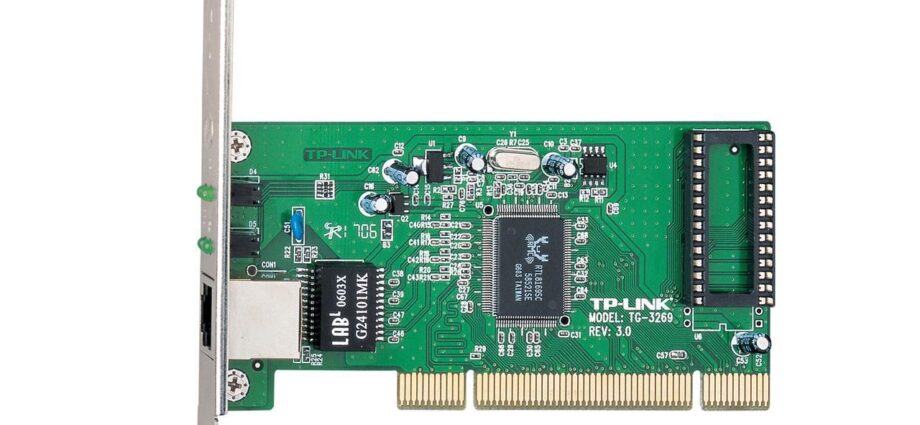Introduction network card
A network card, also known as a network interface card (NIC) or network adapter, is a hardware component that allows a computer to connect to a network. It provides a physical interface between the computer and the network, enabling data transfer between the two. Network cards can use different types of network connections, such as Ethernet or Wi-Fi, and are essential for accessing the internet and communicating with other devices on a network.
Why is a network card important?
A network card is important because it allows a device to connect to a network and communicate with other devices on that network. This is essential for accessing the internet and sharing resources, such as files and printers, within a local network. Without a network card, a device would not be able to connect to the network and would be unable to communicate with other devices on that network, which would severely limit its usefulness. Different types of network cards, such as Ethernet and Wi-Fi, enable different
Why is a network card important?
A network card, also known as a network interface card (NIC) or network adapter, is important because it provides the physical interface between a computer or other device and a network. It allows the device to connect to the network and communicate with other devices on that network. This is essential for accessing the internet, sharing resources such as files and printers, and for communication between devices on a local network. Different types of network cards, such as Ethernet and Wi-Fi, enable different types of network connections, giving devices more flexibility in how they connect to the network. Without a network card, a device would be unable to connect to a network and would be severely limited in its usefulness.
How to choose a network card
When choosing a network card, there are a few things to consider:
Compatibility:
Make sure the network card is compatible with your computer or device. Check the specifications of your computer/device to ensure that the network card will fit and work with your system.
Connection type:
Choose the appropriate connection type based on your needs. Ethernet cards provide a wired connection, while Wi-Fi cards provide a wireless connection. If you need both wired and wireless connectivity, choose a card that provides both.
Speed:
Consider the speed of the network card. In Mbps, the speed is expressed (megabits per second). Choose a card that provides a speed that is appropriate for your needs.
Brand and quality:
Choose a reputable brand that has a good track record of producing reliable and high-quality network cards.
Price:
Consider the price of the network card. Choose a card that fits your budget and provides the features you need.
Overall, choosing a network card that is compatible with your system, provides the appropriate connection type and speed, is from a reputable brand, and fits your budget is key to ensuring that you have a reliable and functional network connection.
Installing and configuring a network card
Here are the general steps for installing and configuring a network card:
Physically install the network card into an available PCI or PCIe slot on your computer’s motherboard. Make sure the computer is turned off and unplugged from the power source before doing this.
Power on the computer and install any drivers that came with the network card, if necessary. You can usually find the drivers on a CD that comes with the card or download them from the manufacturer’s website.
Once the drivers are installed, go to the Control Panel on your computer and select “Network and Sharing Center.” From there, select “Change adapter settings” and you should see the new network card listed.
Right-click on the network card and select “Properties.” From there, you can configure the settings for the network card, such as the IP address, subnet mask, and gateway address.
If you are connecting to a wired network, you may need to connect an Ethernet cable to the network card and to the network switch or router. If you are connecting to a wireless network, you will need to configure the network settings and connect to the wireless network.
Test the network connection to make sure the network card is working properly. You can do this by trying to access the internet or another device on the network.
These are the general steps for installing and configuring a network card. Keep in mind that the exact steps may vary depending on the specific network card and operating system you are using.
Also Read:- Probate Attorney Carrollton, TX: Find The Right Lawyer
Conclusion
In conclusion, a network card, also known as a network interface card (NIC) or network adapter, is a crucial component for connecting a computer or other device to a network. It provides the physical interface for data transfer between the device and the network, allowing for internet access, resource sharing, and communication with other devices on the network. When choosing a network card, consider factors such as the type of network, speed, compatibility, brand and quality, and additional features. Installing and configuring a network card involves physically installing the card, installing drivers, configuring network settings, and testing the network connection. By following these steps, you can ensure reliable and fast network connectivity for your device.

